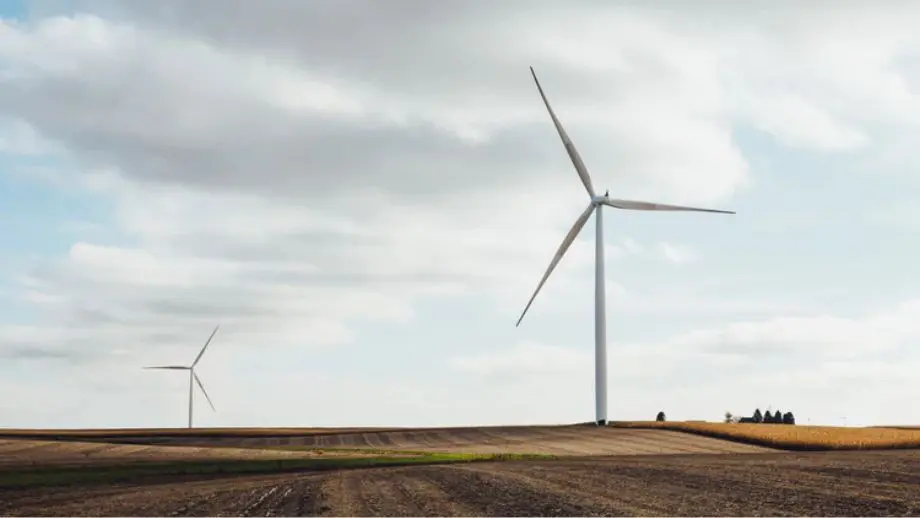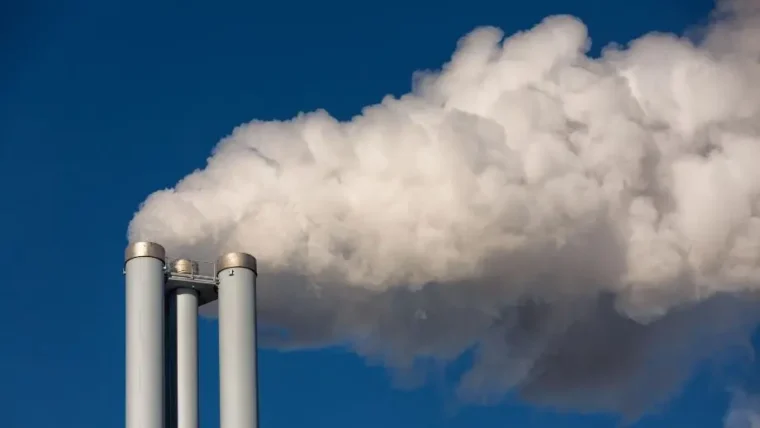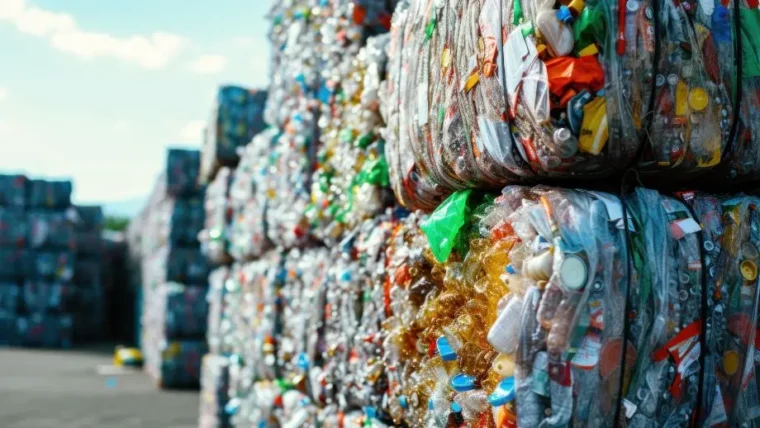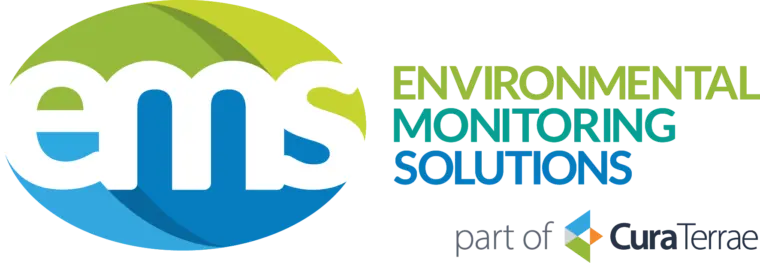World Environment Day 2019 – Tackling Air Pollution Part 2
13 June 2019

Air pollution, commonly recognised as the ‘invisible killer’, is negatively impacting the health of millions around the world. The United Nation states that nearly 7 million people worldwide die prematurely from air pollution.
In last week’s blog, poor air quality and the associated effects on human health and the environment were discussed. To complement this and address Clean Air Day, this week’s blog will focus what has been done and what you can do to help combat poor air quality.
Government
Governments around the world have introduced Low Emission Zones (or Ultra-low Emission Zones) to address poor air quality. Low Emission Zones (LEZs) are becoming increasingly popular in central zones with large populations and busy transport networks – London has an LEZ and Scotland and Leeds are introducing them by the end of 2020.
UK Local authorities are required to report on air quality as part of the duties set out the Environment Act 1995 and the Environment (Northern Ireland) Order 2002. The assessments compose the cornerstone of the Local Air Quality Management (LAQM) system which aims to achieve the air quality objectives set out by the UK Government. If the reviews and assessments of local air quality identify an area where the air quality objectives will not be achieved, then the area must be declared an Air Quality Management Area (AQMA) and the local authority will be required to put together a Local Air Quality Action Plan.
- Find out if you live in or near an AQMA: List of local authorities with AQMAs
Recently, the UK Government published the Clean Air Strategy 2019 which references how the government will tackle air pollution and poor air quality. It is supported by the Industrial Strategy, Clean Growth Strategy and the 25 Year Environment Plan all of which address the action required to provide better air quality for human health and to protect the environment. All of these strategies will eventually act as tools to support new legislation surrounding air pollution and air quality.
Technology
Industry emissions are directly and indirectly regulated through various pieces of environmental legislation including (but not limited to):
- Clean Air Act 1993;
- Air Quality Standards Regulations 2010;
- Environmental Permitting (England and Wales) Regulations 2016;
- National Emission Ceilings Regulations 2018;
- Environmental Damage (Prevention and Remediation) (England) Regulations 2015; and
- Environmental Damage (Prevention and Remediation) (Wales) Regulations 2015.
Included in some of the listed legislation are certain emissions conditions that must be adhered too and therefore require industry to utilise use of monitoring equipment. The market consists of various innovations aimed at reducing air pollution and improving air quality. Some of this technology has been around for years – solar panels, wind turbines, hydropower – and some are still being trialled and tested, including biogas, carbon capture and storage. Electric cars are also becoming more accessible to individuals and can help alleviate poor air quality in large cities and congested areas.
For industry, pollution control systems (nano-carbon filtration systems) remove harmful pollutants from the air and air quality monitoring systems monitor and record air quality and particulate data for given areas such as construction sites, roadside and airports. This information can then be used to put systems, processes and procedures in place to limit air pollutants.
Making Changes at Home
There are numerous things you can do at home to reduce contributions to air pollution:
- Walk, car share or take public transport;
- Regularly service your car;
- Refrain from lighting your wood-burning stove when it is not absolutely necessary;
- Switch of lights in the house when not in use and only use appliances (dishwashers and washing machines) when at full capacity; and
- Use renewable energy tariffs for your home supply.
Cleanairday.org.uk and worldenvironmentday.global have many more suggestions on ways to limit your contribution to poor air quality.









